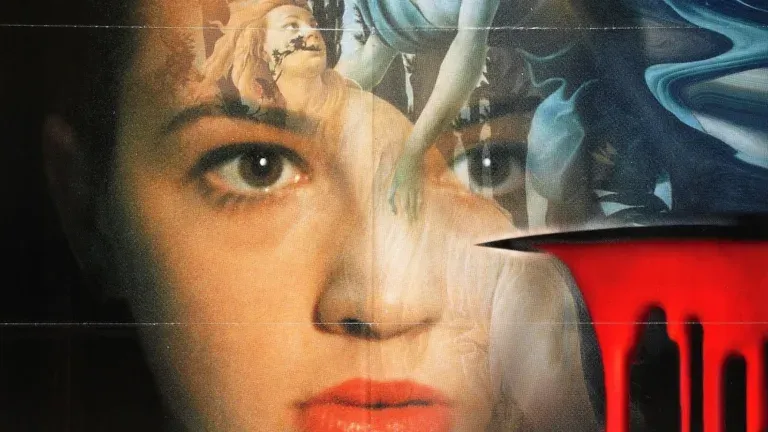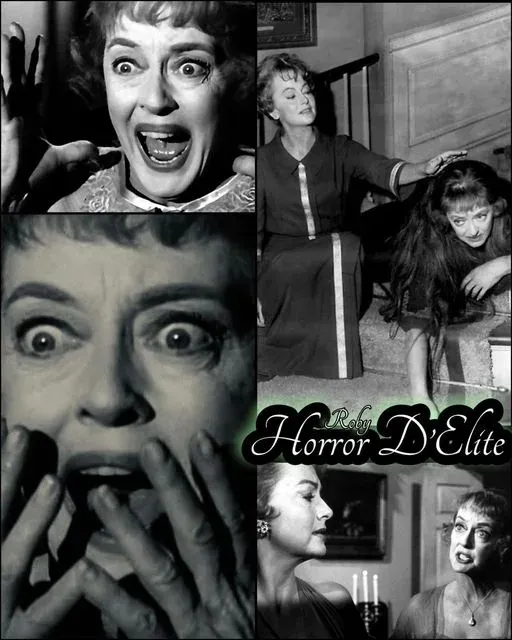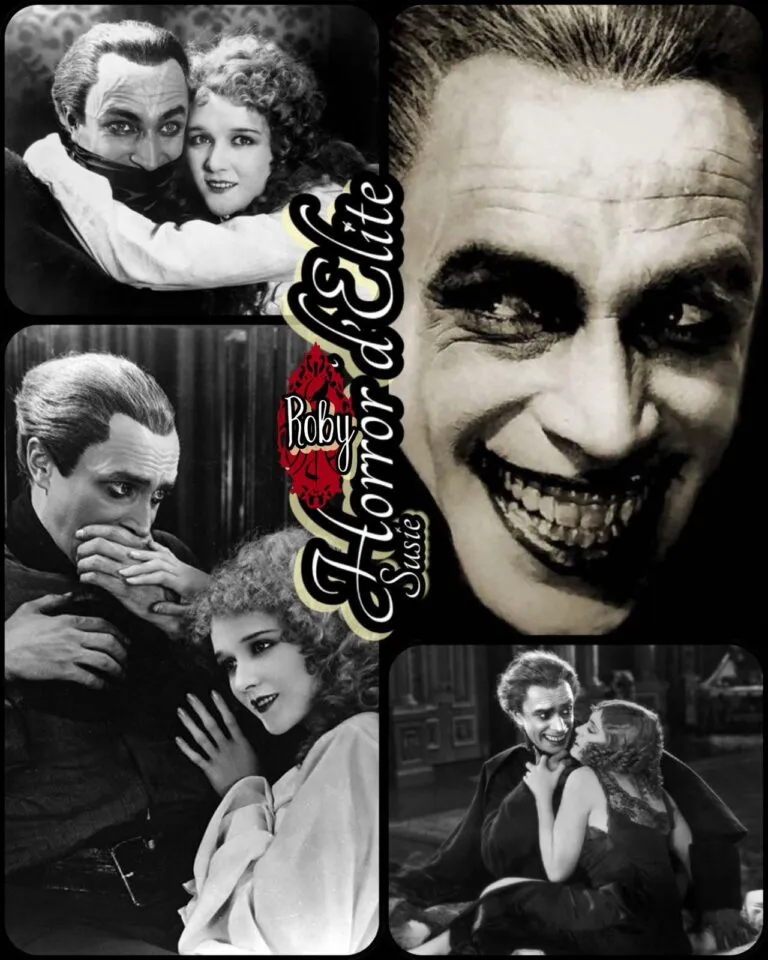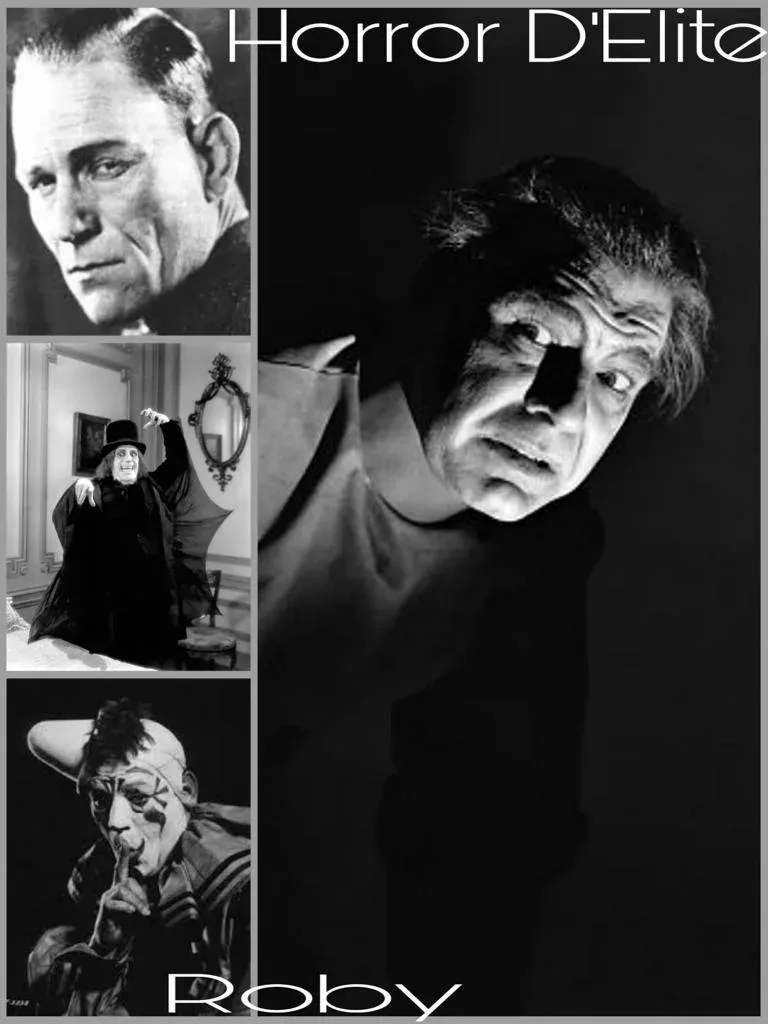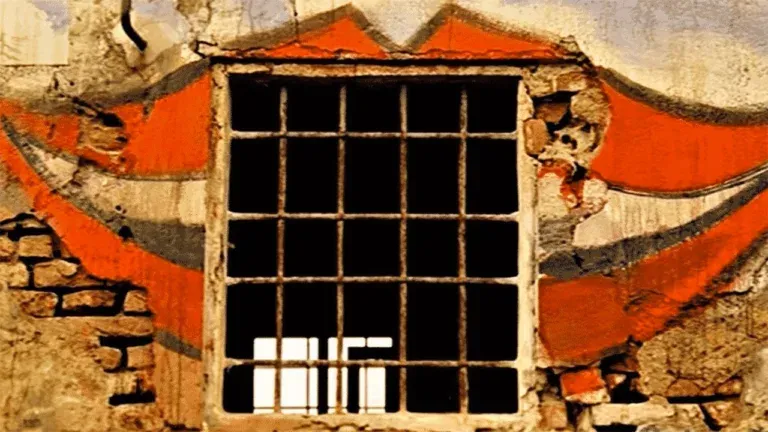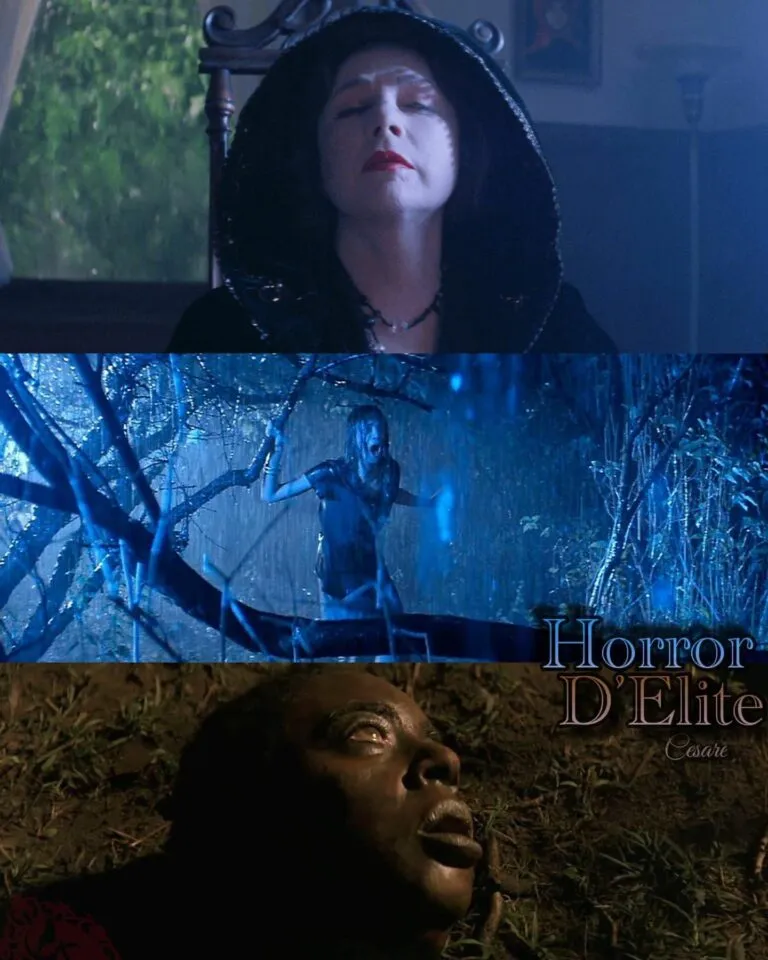Sleepless
International Title: Sleepless
Original Title: Non ho sonno
Year: 2001
Director: Dario Argento
Screenplay: Dario Argento, Franco Ferrini, Carlo Lucarelli
Main Cast: Max von Sydow, Stefano Dionisi, Chiara Caselli, Roberto Zibetti
Genre: Giallo/Thriller
Soundtrack: Goblin
Introduction
Sleepless is a 2001 film directed by Dario Argento, the undisputed master of Italian giallo and horror cinema. After a series of films that did not meet expectations, *Sleepless* marked Argento’s return to his giallo roots, with an intricate plot, palpable suspense, and the iconic soundtrack by Goblin. This film is a tribute to Argento’s earlier works, blending classic giallo elements with a modern twist, creating a cinematic experience that captivates and unsettles.
Plot
The story opens with the brutal murder of a prostitute in Turin, a crime that recalls a series of killings that occurred seventeen years earlier. The police suspect that the killer has returned, reopening old wounds in the community. Retired detective Ulisse Moretti (Max von Sydow), who investigated the previous murders, is drawn back into the case despite his advanced age and health issues.
The son of one of the original victims, Giacomo Gallo (Stefano Dionisi), who witnessed his mother’s murder as a child, returns to Turin to help Moretti with the investigation. Giacomo is determined to uncover the truth and end the nightmare that has haunted him his entire life.
As the plot unfolds, a web of secrets and lies emerges, with new murders mimicking the modus operandi of the original killings. The search for the killer becomes a race against time, with Moretti and Giacomo facing their personal demons and piecing together a complex puzzle of clues that leads to a shocking revelation.
Main Characters
Ulisse Moretti (Max von Sydow): A retired detective who returns to action to solve the case of the murders he investigated seventeen years earlier. His wisdom and experience are crucial in the search for the killer. Giacomo Gallo (Stefano Dionisi): A man haunted by the trauma of his mother’s murder, which occurred when he was a child. Giacomo returns to Turin to confront his past and help Moretti solve the case. Gloria (Chiara Caselli): A journalist and an old friend of Giacomo, who supports him in the investigation and becomes a key figure in the search for the truth. Lorenzo Betti (Roberto Zibetti): A young detective working with Moretti and Giacomo. His determination and enthusiasm are contrasted by his inexperience.
Themes and Style
The film deeply explores the theme of trauma, showing how tragic events from the past can influence and shape people’s lives. Giacomo, in particular, represents a victim of trauma seeking redemption and closure.
The plot revolves around the return of the past and the need to confront old wounds. The murders of the past and present are intertwined, showing how secrets and lies cannot be buried forever.
Argento masterfully uses suspense, building a constant atmosphere of tension. The murder scenes are choreographed with precision, creating a sense of terror and anticipation.
As in many of Argento’s films, the visual aesthetic plays a crucial role. The elaborate shots, the play of light and shadow, and the use of red intensify the film’s eerie and macabre atmosphere.
The soundtrack, composed by Goblin, adds another layer of tension and atmosphere to the film. The haunting melodies and pulsating rhythms perfectly accompany the most intense scenes, making the cinematic experience even more immersive.
Actor Performances
Max von Sydow: Von Sydow’s performance is outstanding. He brings emotional depth and gravitas to the role of Ulisse Moretti, making his character both believable and touching. His ability to convey a wide range of emotions, from determination to vulnerability, is one of the film’s cornerstones. Stefano Dionisi: Dionisi delivers an intense and complex performance as Giacomo Gallo. His portrayal of trauma and pain is authentic and compelling, making his character one of the film’s most memorable. Chiara Caselli: Caselli is convincing in the role of Gloria, a courageous and determined journalist. Her chemistry with Dionisi adds an emotional dimension to the plot. Roberto Zibetti: Zibetti portrays Lorenzo Betti with freshness and energy, contrasting with Moretti’s experience and wisdom, creating an interesting dynamic between the characters.
Conclusion
Sleepless represents Dario Argento’s return to his giallo roots, with an intricate plot, complex characters, and constant tension. Argento’s direction, the powerful performances of the cast, and the iconic Goblin soundtrack combine to create a memorable cinematic experience.
For fans of the giallo genre and Argento’s cinema, Sleepless is a must-watch, a film that shows how the Italian master can still surprise and unsettle his audience. With its dark atmosphere and gripping narrative, Sleepless remains a modern giallo classic, capable of fascinating and scaring contemporary viewers.
 Subscribe to our YouTube channel
Subscribe to our YouTube channel

